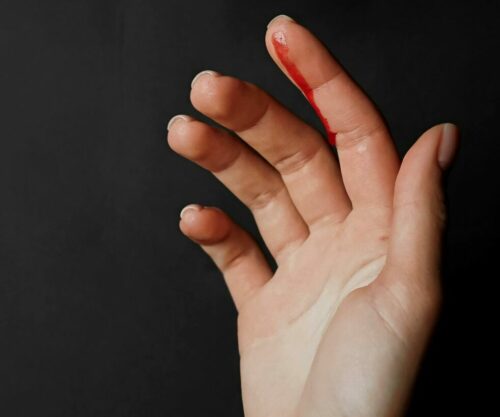
Fibrocystic breast are breasts that have harmless and non-cancerous lumps inside them. Doctors call this nodular or glandular breast tissue. The pain on those suffering from fibrocystic breast may vary, for some it might be very light and for others, it might be more uncomfortable. It is always important that you go to your doctor before assuming that you might have fibrocystic breast, as either a mammogram or scan may have will have to be used to get to this diagnosis.
The Mayo Clinic states that the cause of fibrocystic tissue in breasts is not clear, experts do however suspect that reproductive hormones — especially estrogen — play a role. When examined under a microscope, fibrocystic breast tissue includes distinct components such as:
Hormone imbalance during the menstrual cycle can cause breast discomfort and create areas of lumpy breast tissue that feel tender, sore and swollen. Fibrocystic breast changes tend to be more bothersome before your menstrual period and ease up after your period begins.
Scan results of those with fibrocystic breast reveal components like:
- Fluid-filled round or oval sacs (cysts)
- Overgrowth of cells (hyperplasia) lining the milk ducts or milk-producing tissues (lobules) of the breast
- A prominence of scar-like fibrous tissue (fibrosis)
- Enlarged breast lobules (adenosis)
Following are symptoms of a fibrocystic breast also provided by Mayo Clinic.
- Breast lumps or areas of thickening that tend to blend into the surrounding breast tissue
- Generalized breast pain or tenderness or discomfort that involves the upper outer part of the breast
- Breast nodules or lumpy tissue change in size with the menstrual cycle
- Green or dark brown nonblood nipple discharge that tends to leak without pressure or squeezing
- Breast changes that are similar in both breasts
- Monthly increase in breast pain or lumpiness from midcycle (ovulation) to just before your period and then gets better once your period starts.
Also see: Take Care Of Your Heart




